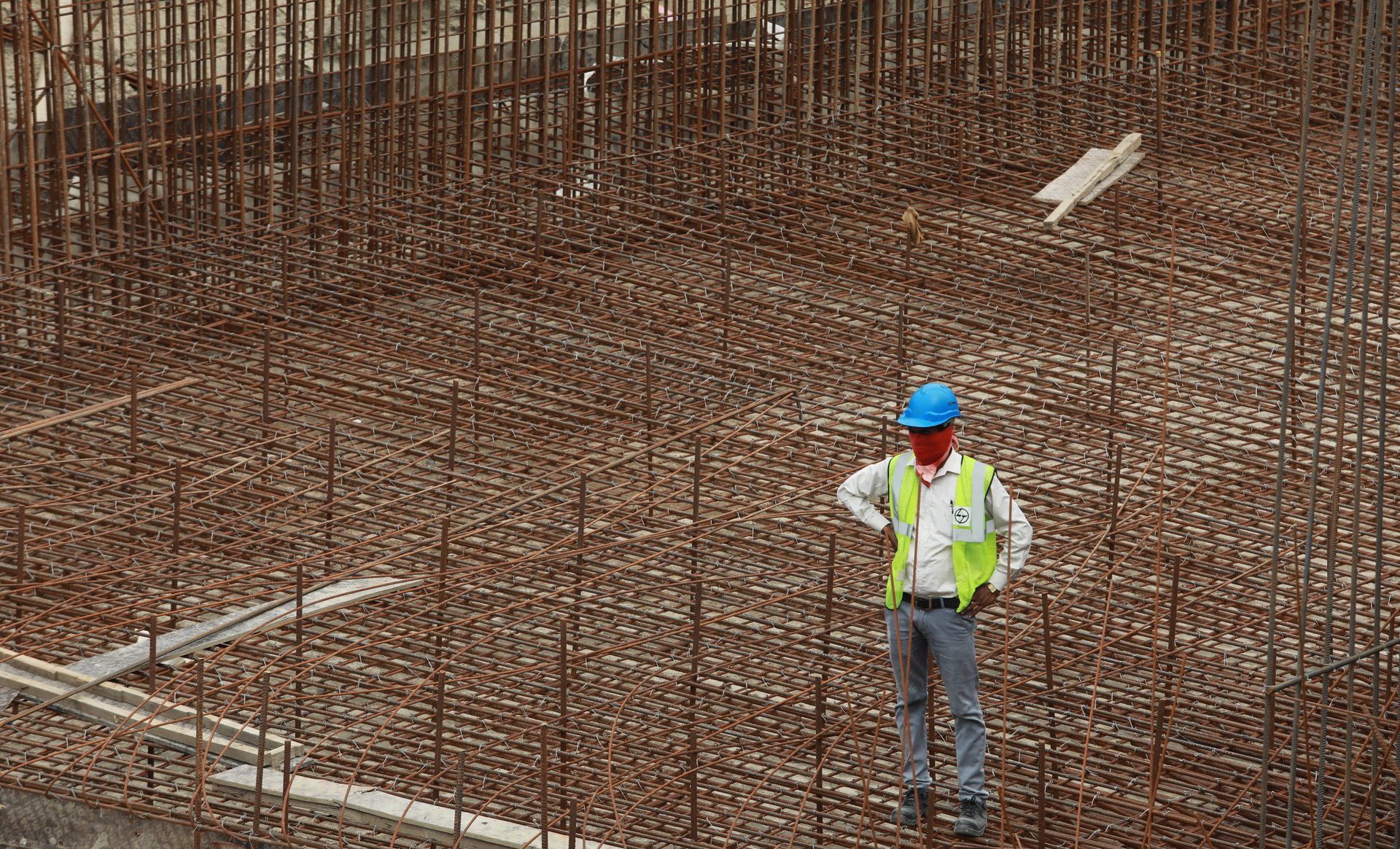Despite challenges, the Covid-19 lockdown has opportunities for India’s realty sector
The Covid-19 pandemic has thrown up monumental challenges for India’s real estate industry.


The Covid-19 pandemic has thrown up monumental challenges for India’s real estate industry.
The sector, which has been struggling with a slowdown for the past five years, had started seeing some green shoots of recovery earlier this year. However, the coronavirus outbreak and the lockdown that ensued has led to a slump in sales, halt in construction at ongoing projects, and derailment of new project plans.
While potential homebuyers—staring at possible job loss and pay cuts—are likely to stay away from the market, and commercial real estate will take a hit due to post-Covid-19 economic slowdown in the US and Europe. Also, co-working spaces, a red hot segment until recently, may struggle to find takers in the near-term amid the need for social distancing.
Having said that, every challenge comes with some opportunities and the current crisis is no different. Here are the silver linings to the dark clouds surrounding Indian realty:
Lower rates-higher sales
The Reserve Bank of India’s decision to reduce the repo rate to revive the Indian economy will benefit the realty sector. Since the lockdown, the central bank has cut the repo rate by 115 basis points, which would lead banks to soften interest rates on home loans. This might not change things overnight, but in the longer-term, it could prove crucial in driving property sales.
Force majeure
The industry was already grappling with construction delays and now it is likely to be impacted further. Besides the lockdown, which restricted the movement of people and raw material, reverse migration will have a compounded impact. It is difficult to ascertain when construction activity will start in full swing, which means the delivery of projects will be delayed.
However, the delay will have a limited impact on developers as they are likely to resort to the “force majeure” clause of the buyers-seller agreement, which safeguards them against events such as war, labour strike, or extreme weather or other situations that cannot be reasonably anticipated or controlled.
Digital push
The adoption of digital technology among developers is likely to get a boost due to this crisis. With home buyers likely to avoid site visits, developers would need to leverage augmented reality and virtual reality to give home buyers a glimpse of their projects.
Currently, digital spending accounts for just 25% of developers’ marketing spend.
Organised co-living boom
The lockdown has impacted the paying guest and co-living operators. The organised ones have been especially hit because they have minimum rental guarantees with their landlords. But as and when the demand for shared living options revives after the lockdown, organised players will be prefered as they are better positioned to deliver a clean and hygienic environment to students and working professionals.
Preference for ready-to-move-in
One of the trends that would emerge out of this crisis would be that there would be a rise in preference for ready-to-move-in properties. Projects with ready-to-move status are likely to remain favourable among buyers and demand will likely heavily tilt towards the smaller configuration of one- and two-bedroom across cities. Magicbricks data shows that more than 80% of the searches pan India are now happening for ready-to-move-in properties.
Opportunities for investors
Builders and owners might have to reduce prices to sell inventory, which could be a great opportunity for investors to grab good deals. Consolidation in the developer space is expected to accelerate and benefit the larger and better-capitalised ones.
We welcome your comments at [email protected].